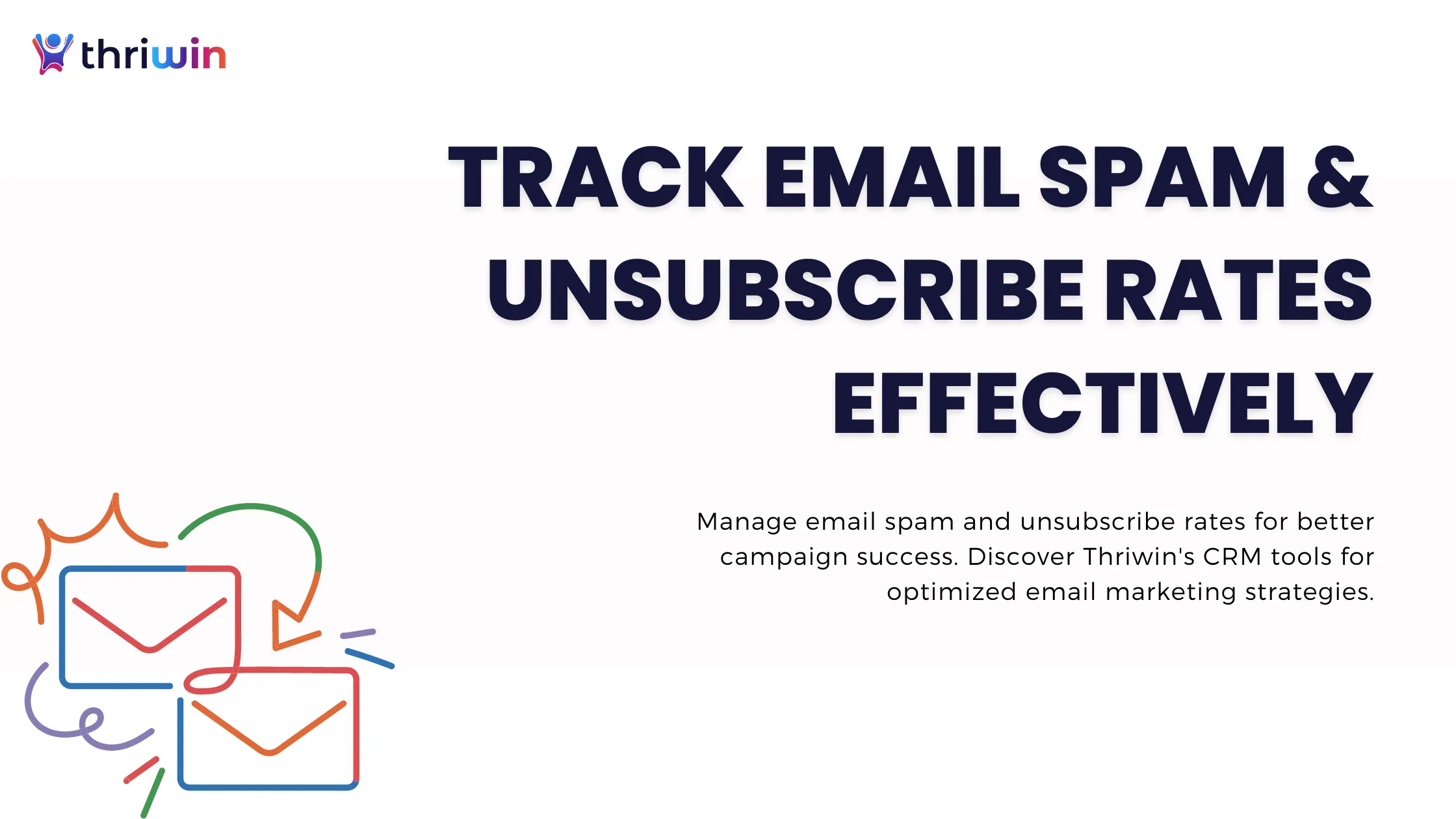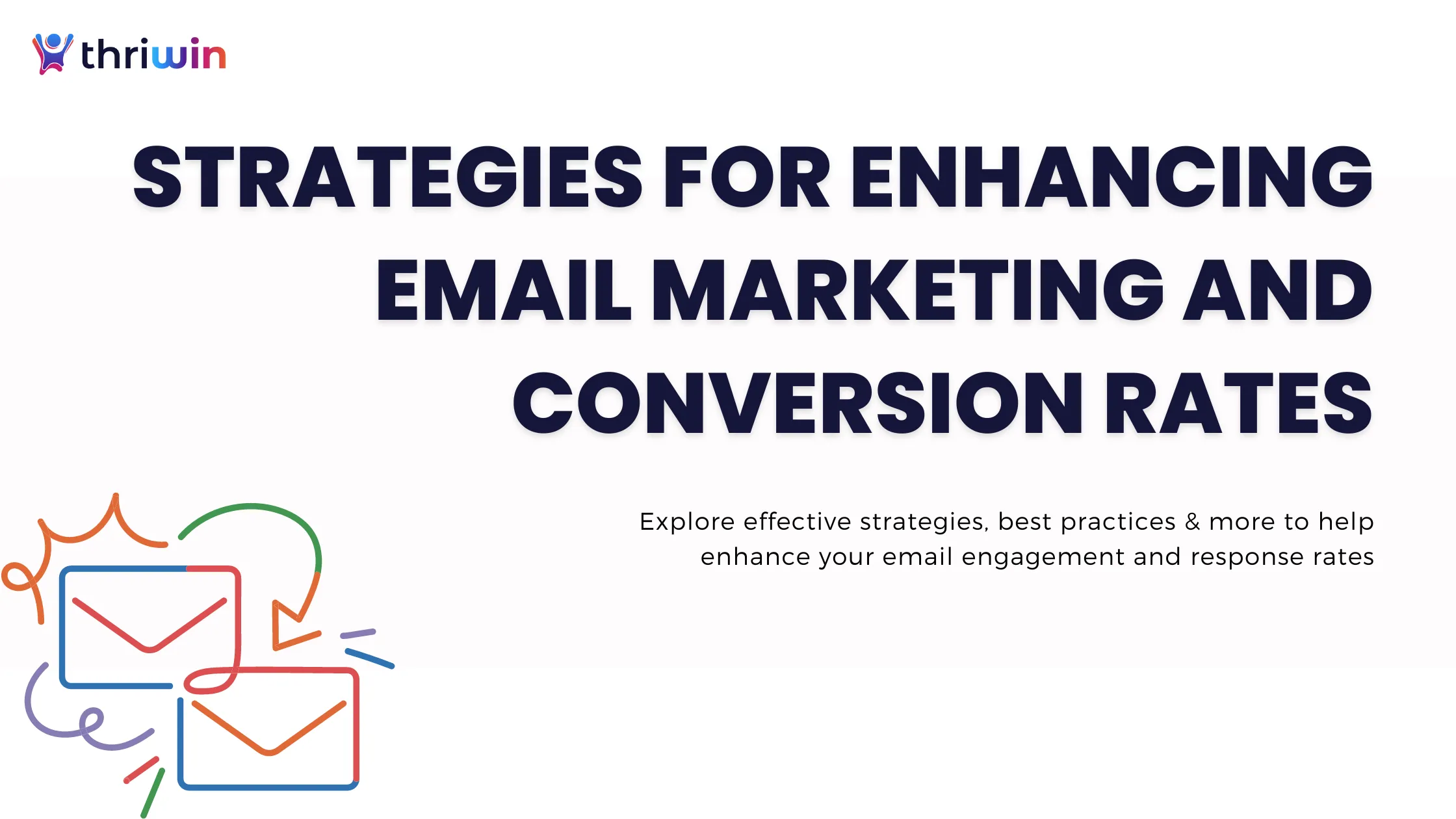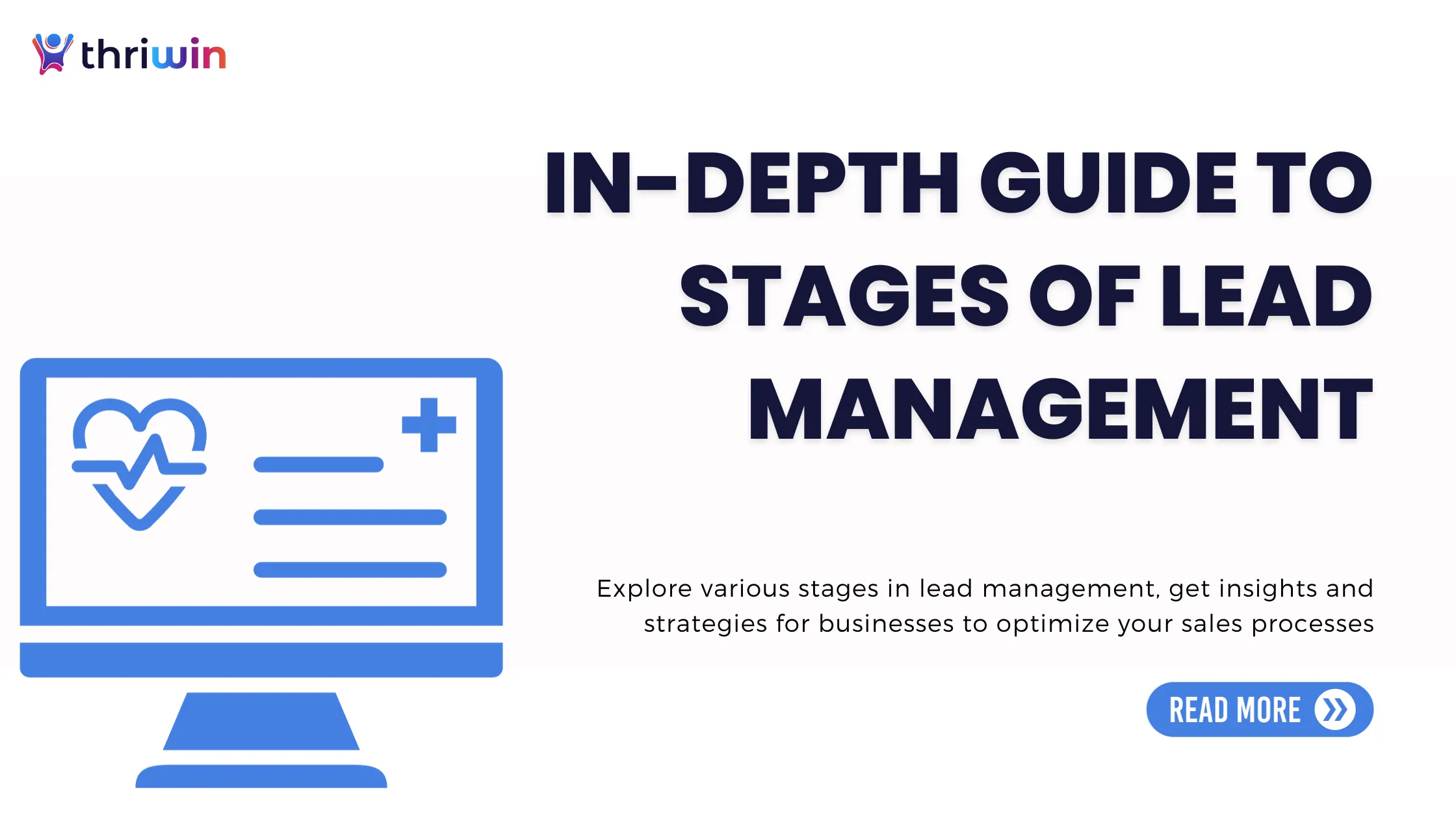What is the unsubscribe rate?
The unsubscribe rate is a crucial metric in the world of email marketing, serving as a barometer for gauging audience engagement and content relevance. It calculates a specific percentage of recipients who, upon receiving an email, decide to unsubscribe from your mailing list. This rate represents how effectively your email approach suits the interests and preferences of your audience; it's more than just a number.
What is a Good Unsubscribe Rate and How can It Be Calculated?
A good unsubscribe rate is typically below 0.5%. This low rate suggests that your emails are well-received, relevant, and engaging to your audience. If your unsubscribe rate is above this threshold, it may indicate that your content, frequency, or targeting needs to be reassessed to better align with subscriber expectations. Understanding and maintaining a good unsubscribe rate is essential for effective email marketing, as it helps ensure that your audience remains interested and engaged with your communications.
How to calculate the unsubscribe rate:
To calculate the unsubscribe rate, you need to follow a simple formula:
- Count the Unsubscribes: First, determine the total number of unsubscribes from a specific email campaign. This includes every recipient who clicked the unsubscribe link in your email.
- Total Delivered Emails: Next, find out the total number of emails that were successfully delivered in that campaign. This number excludes emails that bounced or were not delivered for any reason.
- Apply the Formula: Calculate the percentage of unsubscribes compared to the total number of emails distributed. To convert this into a percentage, multiply the result by 100.
Unsubscribe Rate= (Number of Unsubscribes / Total Delivered Emails)×100
For instance, suppose you sent 10,000 emails and 50 recipients unsubscribed; your unsubscribe rate would be 50/10,000×100=0.5%
Interpreting the Unsubscribe Rate
> Below 0.5%: An unsubscribe rate of less than 0.5% is generally considered healthy in email marketing. This indicates that the majority of your audience finds your emails relevant and engaging. It suggests that your content strategy is on the right track and resonates well with your subscribers.
> Above 0.5%: If the unsubscribe rate is higher than 0.5%, it may be a signal to reevaluate your email content, frequency, or audience targeting. High rates could imply that your emails are not meeting the expectations of your audience, or they might find the content irrelevant or too frequent.
Why Monitoring Unsubscribe Rate is Important
Understanding and managing your email unsubscribe rate is crucial for several reasons. It not only reflects the health of your email marketing efforts but also directly impacts your ability to engage and retain your audience. A high unsubscribe rate can be a warning sign of deeper issues within your email strategy, such as content misalignment or frequency overload. Conversely, a low rate indicates that your content resonates well with your audience, fostering a strong connection between your brand and your subscribers.
1. Audience Insights:
Tracking the unsubscribe rate can provide valuable insights into subscriber preferences and behavior. It helps you understand what works and what doesn’t in your email campaigns. This metric acts as a direct line of feedback from your audience, allowing you to gauge the relevance and impact of your content. By analyzing trends over time, you can identify which topics or formats may be causing disengagement, enabling you to adapt your strategy to better meet the needs and interests of your subscribers.
2. Content Optimization:
By monitoring which emails have higher unsubscribe rates, you can identify and improve aspects of your content that may not appeal to your audience. This process is essential for refining your email strategy to ensure it aligns with subscriber expectations. Content optimization is not just about reducing negatives; it's also about amplifying positives. Understanding the characteristics of emails with low unsubscribe rates can guide you in replicating successful elements across your campaigns.
3. List Health:
A low unsubscribe rate contributes to the overall health of your email list, ensuring that your communications are reaching an audience that is genuinely interested in your message. Healthy list metrics are indicative of engaged subscribers who are more likely to convert into loyal customers. Furthermore, a well-maintained list enhances the efficiency of your email marketing by focusing resources on individuals who find value in your offerings, thereby improving ROI.
4. Compliance and Reputation:
Maintaining a low unsubscribe rate is also important for compliance with email marketing regulations like the CAN-SPAM Act. It helps preserve your sender's reputation and ensures better email deliverability. Adhering to these regulations not only keeps you legally compliant but also builds trust with your audience. A transparent and respectful approach to email marketing fosters a positive brand image and encourages long-term subscriber engagement.
In summary, the unsubscribe rate is more than just a metric; it's a critical feedback tool that helps in fine-tuning your email marketing strategy. By keeping this rate low, you ensure that your content remains relevant and engaging, thereby maintaining a healthy and interested subscriber base.
Factors Influencing Unsubscribe Rates
Understanding why people unsubscribe from your emails is crucial for improving your email marketing. Here are five important factors:
Email Frequency
Sending too many emails can overwhelm and annoy subscribers, leading them to unsubscribe. On the other hand, infrequent emails can make subscribers forget who you are. Striking a balance in your email frequency is essential to keep your audience engaged without overwhelming them.
Email Relevance
Subscribers expect content that is relevant and interesting to them. If your emails don't meet these expectations, they might unsubscribe. Personalizing and segmenting your audience can help ensure your emails are tailored to each subscriber's interests.
Email Quality
Poorly designed or unengaging emails can drive subscribers away. Ensuring your emails are visually appealing, easy to read, and provide valuable content can encourage subscribers to stay on your list.
List Hygiene
Regularly cleaning your email list by removing inactive subscribers helps focus your efforts on an engaged audience. This can reduce unsubscribe rates and improve overall email performance.
Meeting Expectations
Subscribers have specific expectations when they sign up for your emails. Failing to meet these expectations can lead to unsubscribes. Collecting feedback and adjusting your emails based on subscriber preferences can help maintain their interest and engagement.
The Difference Between Good and Bad Unsubscribers
Not all unsubscribers are created equal. Differentiating between good and bad unsubscribers helps you refine your email marketing strategy.
Good Unsubscribers:
- Inactive Users: These are subscribers who haven't engaged with your emails in a long time. Their departure helps improve your list quality.
- Wrong Audience: Sometimes, people sign up for your emails by mistake or realize your content isn't relevant to them. Their unsubscribing indicates a more targeted audience remaining.
Bad Unsubscribers:
- Recent Subscribers: If new subscribers are quickly opting out, it may indicate that your content isn't meeting their expectations.
- Engaged Users: Losing subscribers who previously engaged with your emails could signal a problem with recent content or frequency changes.
Not All “High” Unsubscribe Rates are Bad
High unsubscribe rates can be alarming, but they aren't always a negative indicator. Understanding the context behind these rates is crucial for interpreting them correctly.
Segmentation and Targeting:
Sometimes, high unsubscribe rates occur when you start segmenting your list more aggressively. This can initially lead to higher unsubscribe rates, but it ultimately results in a more engaged audience.
Content Experimentation:
Trying new content formats or campaign strategies can also result in a temporary spike in unsubscribes. However, this experimentation is essential for discovering what resonates best with your audience.
List Hygiene Practices:
Regularly cleaning your email list by encouraging inactive subscribers to unsubscribe can also lead to a higher rate. This proactive approach ensures that your list remains healthy and engaged.
Strategies to Reduce Unsubscribe Rates
1. Audience Segmentation:
Tailoring your content to different segments of your audience can significantly increase its relevance and engagement. You can write more engaging customized email content that appeals to your readers by knowing each group's particular requirements and interests.
2. Balanced Email Frequency:
Striking the right balance in email frequency is key. You need to keep your subscribers informed without overwhelming them. This involves understanding the optimal frequency for your audience and adjusting your email schedule accordingly to maintain interest and engagement.
3. Deliver Quality Content:
The cornerstone of any successful email campaign is the quality of its content. Your emails should consistently provide value and be interesting to your subscribers. This could be through informative articles, exclusive offers, or engaging stories that keep your audience looking forward to your next email.
4. Personalization
Using personalized elements such as the recipient's name, past purchases, or browsing history can make your emails more relevant and engaging. Personalized emails can help build a stronger connection with your subscribers and reduce the likelihood of them unsubscribing.
5. Clear Call-to-Actions
Ensure your emails have clear and compelling call-to-actions (CTAs). A well-defined CTA guides your subscribers on what to do next, making your emails more effective and engaging. Clear CTAs can improve click-through rates and reduce unsubscribes.
6. Responsive Design
Make sure your emails are optimized for all devices, including smartphones and tablets. A responsive design ensures that your emails look great and are easy to read on any screen size. This can enhance the user experience and reduce the chance of subscribers opting out.
Benefits of High Email Unsubscribe Rates
High email unsubscribe rates might seem detrimental at first glance, but they can offer several unexpected benefits. By understanding and leveraging these advantages, you can improve your overall email marketing strategy. Let's explore how high unsubscribe rates can actually work in your favor.
1. Increased List Quality
When subscribers who are no longer interested in your content unsubscribe, your email list becomes more refined and engaged. A higher quality list means that your emails are reaching an audience that is genuinely interested in your offerings, leading to better engagement and higher conversion rates.
2. Better Deliverability
An engaged email list improves your sender reputation with email service providers. When your emails are opened and interacted with more frequently, they are less likely to be marked as spam. This enhanced deliverability ensures that your emails reach the inboxes of subscribers who truly value your content.
3. Clearer Audience Insights
High unsubscribe rates can provide valuable insights into what your audience likes and dislikes. Analyzing the reasons behind unsubscribes helps you understand what type of content or frequency your subscribers prefer, enabling you to tailor your future campaigns more effectively.
4. Cost Efficiency
Maintaining a large email list can be costly, especially if a significant portion of your subscribers are inactive or uninterested. High unsubscribe rates help you trim down your list, reducing costs and ensuring that your marketing budget is spent more efficiently on a receptive audience.
5. Enhanced Brand Reputation
By allowing uninterested subscribers to easily opt-out, you demonstrate respect for your audience's preferences. This transparency and respect can enhance your brand reputation, as subscribers appreciate your commitment to providing value and not cluttering their inboxes with unwanted emails.
Tips for Minimizing Spam Complaints
- Obtain Explicit Consent: Always ensure that you have clear permission from recipients before adding them to your email list. This not only reduces spam complaints but also aligns with best practices in email marketing.
- Ensure Clear Branding: Make sure that your emails clearly identify your brand. This helps in reducing confusion and ensures that recipients recognize your emails, thereby reducing the likelihood of them being marked as spam.
- Provide Easy Unsubscribe Options: Offering a straightforward way for subscribers to opt out of your emails can significantly reduce spam complaints. It shows respect for the recipient's choice and helps maintain a positive relationship with them.
- Use Double Opt-In
Implementing a double opt-in process requires new subscribers to confirm their subscription through a follow-up email. This additional step ensures that the recipients genuinely want to receive your emails, reducing the likelihood of spam complaints.
- Maintain a Consistent Sender Name
Consistently using the same sender name and email address helps build recognition and trust with your subscribers. This consistency makes it less likely for your emails to be marked as spam.
- Avoid Spam Trigger Words
Steer clear of using common spam trigger words and phrases in your subject lines and email content. Words like "free," "urgent," and "guaranteed" can increase the chances of your emails being flagged as spam.
- Personalize Your Emails
Personalization can make your emails more relevant and engaging to recipients. Using the recipient’s name and tailoring the content to their interests can help reduce the perception of your emails as spam.
- Monitor Engagement Metrics
Regularly monitor engagement metrics such as open rates, click-through rates, and spam complaints. Analyzing these metrics can help you identify patterns and take proactive steps to minimize spam complaints.
- Segment Your Email List
Segmenting your email list based on subscriber preferences and behavior allows you to send more targeted and relevant emails. This can improve engagement and reduce the likelihood of your emails being marked as spam.
- Provide Clear Value
Ensure that every email you send provides clear value to the recipient. Valuable emails are less likely to be considered spam, whether it’s informative content, exclusive offers, or useful updates.
Enhancing Email Marketing with Thriwin
Managing unsubscribe and spam rates is vital for the success of email marketing campaigns. CRM models, such as Thriwin's, might be very helpful for companies seeking an affordable and adaptable solution. Thriwin’s pay-per-use allows SMBs and startups to leverage advanced CRM capabilities for audience segmentation, detailed analytics, and compliance management, ensuring their email campaigns are effective and regulation-compliant at half the cost. With such a CRM solution, businesses can optimize their email marketing efforts, leading to better engagement and growth in the competitive digital marketplace.
FAQs
1: What is the average unsubscribe rate for emails?
Answer: The average unsubscribe rate for emails typically falls below 0.5%. Rates under this threshold are generally considered healthy, indicating that the majority of your audience finds your emails relevant and engaging.
2: How can I calculate my email campaign's unsubscribe rate?
Answer: To calculate your unsubscribe rate, use the formula: (Number of Unsubscribes / Total Delivered Emails) × 100. For example, if you send 10,000 emails and 50 recipients unsubscribe, your unsubscribe rate is 0.5%.
3: What are the top strategies to reduce unsubscribe rates?
Answer: Key strategies include audience segmentation to tailor content, balancing email frequency to avoid overwhelming subscribers, delivering high-quality content that provides value, maintaining a clean email list, and meeting subscriber expectations to ensure content relevance and engagement.
%201.svg)






